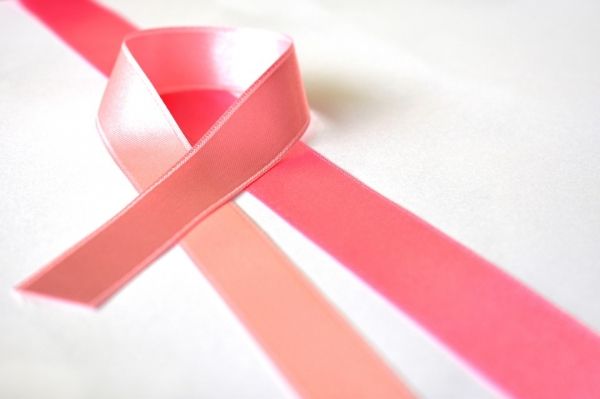A decades-long decline in the breast cancer death rate continues, but has begun to slow in recent years, while breast cancer incidence rates continue to inch up. These trends are outlined in Breast Cancer Statistics, 2019-2020, the latest edition of the American Cancer Society’s biennial update of breast cancer statistics in the United States, published in CA: A Cancer Journal for Clinicians, and the accompanying Breast Cancer Facts & Figures.
Breast cancer is the most common cancer (excluding skin cancers) diagnosed among U.S. women and is the second leading cause of cancer death among women after lung cancer. In 2019, approximately 268,600 new cases of invasive breast cancer will be diagnosed among U.S. women, and 41,760 women will die from the disease.
The overall breast cancer death rate has decreased consistently since 1989, attributed both to improvements in early detection (through screening as well as increased awareness of symptoms) and treatment for a total decline of 40% through 2017. As a result of this decline, 375,900 breast cancer deaths have been averted in U.S. women through 2017.
The latest data shows that the pace of the mortality decline has slowed in recent years—from a drop of 1.9% per year during 1998 through 2011 to 1.3% per year during 2011 through 2017, largely driven by the trend in white women. Consequently, the black-white disparity in breast cancer mortality that widened over the past three decades has remained stable since 2011. Nevertheless, in the most recent period (2013-2017), the breast cancer death rate was 40% higher in black women versus white women, despite slightly lower incidence rates. This disparity is magnified among black women under 50, among whom the death is rate double that of whites.
Read more at American Cancer Society
Photo Credit: marijana1 via Pixabay


